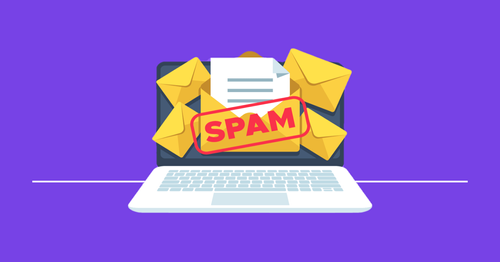In the crowded world of email marketing, the biggest battle is often not just capturing your audience's attention, but first ensuring your message even reaches them. With email inboxes becoming increasingly guarded by sophisticated spam filters, it's essential for marketers to adeptly navigate these barriers. This article explores proven strategies to ensure that your emails consistently land in the inbox, not lost in the spam folder.
1. Establishing a Trustworthy Sender Reputation
The cornerstone of successful email deliverability is a solid sender reputation. Internet Service Providers (ISPs) track your email behavior over time; a good reputation can significantly increase your chances of avoiding the spam folder. Key steps include:
- Consistently sending from the same email address.
- Avoiding sudden spikes in email volume.
- Regularly cleaning your email list to remove inactive subscribers.
2. Mastering Email Authentication
Email authentication is critical in assuring ISPs that your email is legitimate. Implement SPF (Sender Policy Framework), DKIM (DomainKeys Identified Mail), and DMARC (Domain-based Message Authentication, Reporting, and Conformance) protocols to help verify your emails and protect your sender reputation.
3. Content is King: Crafting Spam-Free Messages
The content and formatting of your email can greatly influence its spam status. To enhance deliverability:
- Avoid using spam-trigger words like 'free', 'guarantee', or 'no risk'.
- Keep a balanced text-to-image ratio.
- Use a clear, simple layout and avoid hiding text in images.
4. Personalization: Making Each Email Count
Personalizing your emails can significantly boost engagement, which in turn positively affects deliverability. Personalization goes beyond just using the recipient's name; it's about tailoring the content to meet their interests and needs based on the data you've collected.
5. Prioritizing User Engagement
Encouraging interaction with your emails tells ISPs that your content is valued and wanted. Engage your audience by:
- Creating compelling and relevant content.
- Including clear and attractive calls-to-action.
- Sending emails at times when your audience is most likely to engage.
6. Opt-in and Permission-based Marketing
Ensure that your email list consists of individuals who have explicitly opted in to receive your communications. This not only complies with various email regulations but also improves engagement and deliverability.
7. Keeping an Eye on Metrics
Monitor key performance indicators like open rates, click-through rates, and bounce rates. These metrics provide insights into the health of your email campaigns and highlight areas needing improvement.
8. Regular Testing and Optimization
Continuously test different aspects of your email campaigns, including subject lines, content, and sending times. A/B testing can reveal valuable insights into what resonates best with your audience.
Conclusion
Navigating the complexities of email deliverability requires a multifaceted approach. By focusing on building a strong sender reputation, ensuring proper authentication, creating engaging and personalized content, and maintaining a clean, opt-in email list, you can significantly increase the likelihood of your emails reaching the intended inboxes. Remember, successful email marketing is not just about avoiding spam filters; it’s about building a lasting connection with your audience.
Key Takeaway
Effective email marketing in today’s digital landscape means staying vigilant and proactive. Implement these strategies to ensure that your emails break through the clutter, reaching your audience and driving the engagement and conversions that are vital to your marketing success.



